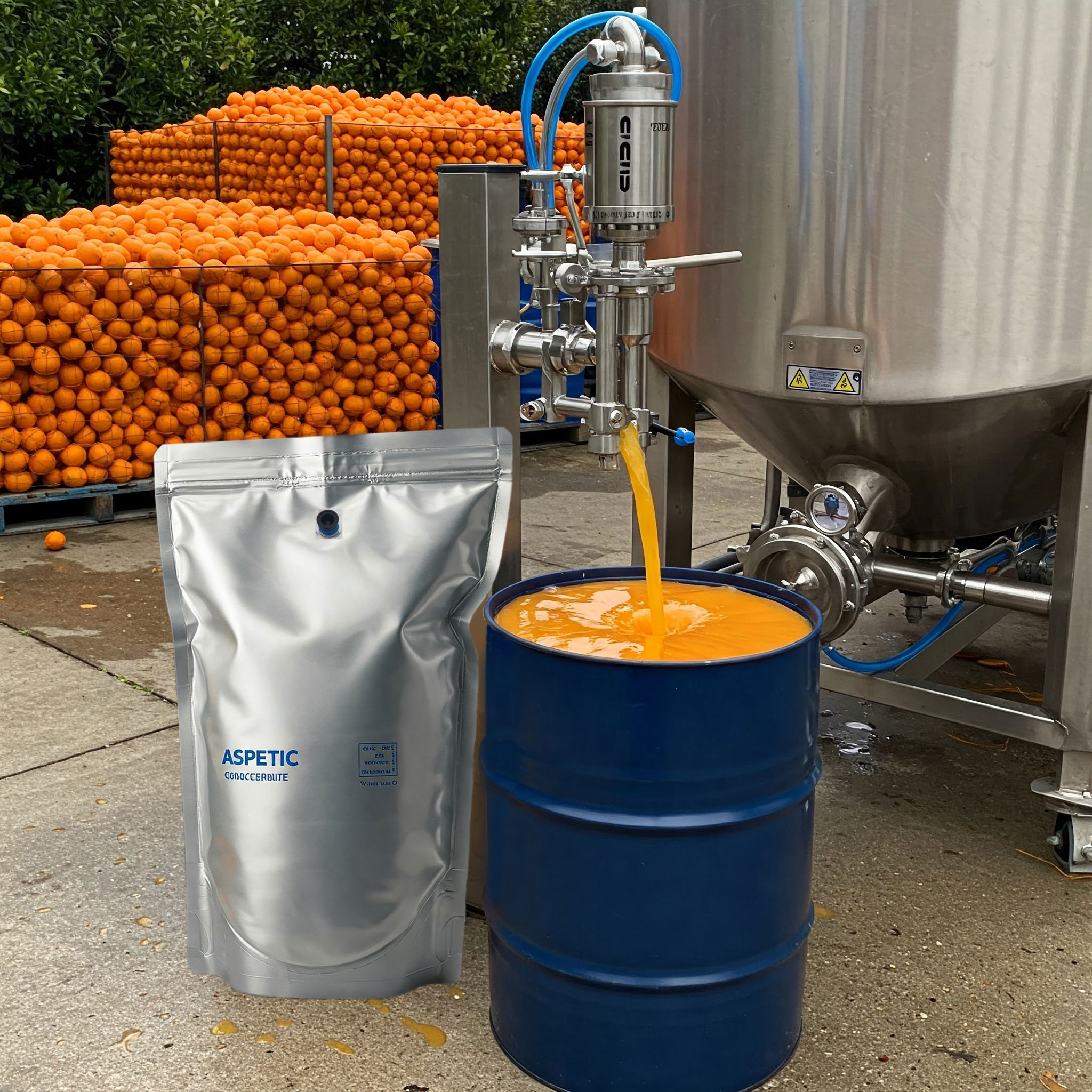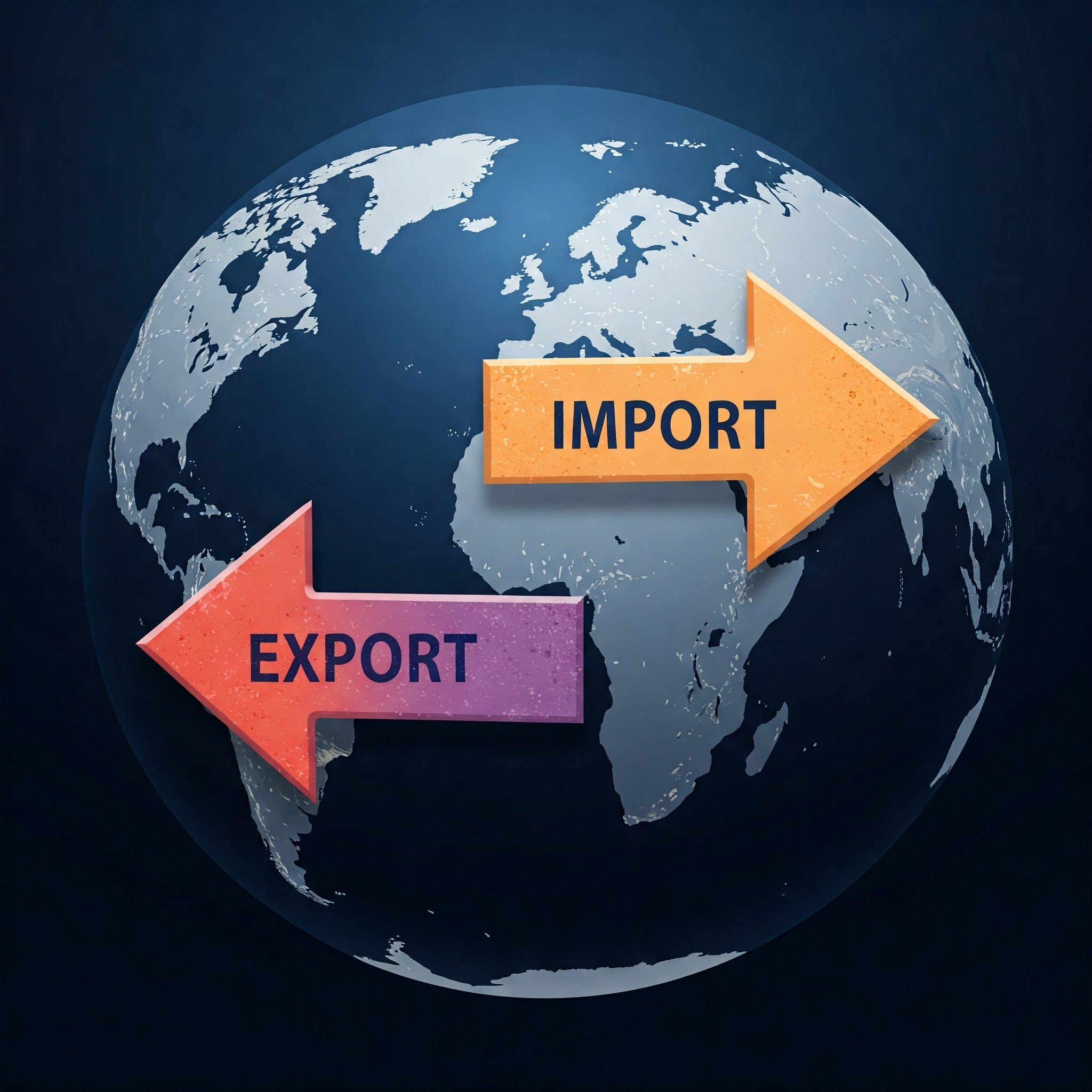
Efficient Concentrate Transport
Transporting various types of concentrates is one of the most crucial stages in the supply chain of food and industrial products. Selecting the appropriate transportation method, maintaining optimal temperature conditions, proper packaging, and adhering to hygiene standards are key factors in preserving the quality and integrity of concentrates. This article examines different methods of transporting concentrates, essential considerations for each type, and the challenges faced in this field.
1. Introduction to Concentrates and the Importance of Proper Transportation
Concentrates refer to products in which the water content has been reduced, making the essential compounds more concentrated. These products typically include fruit juice concentrates, protein concentrates, mineral concentrates, and other industrial derivatives. Improper transportation can lead to spoilage, quality degradation, or nutrient loss, making it essential to comply with transportation standards.
2. Various Methods of Transporting Concentrates
The transportation of concentrates varies depending on their type and form:
2.1. Transporting Liquid Concentrates
Liquid concentrates, such as fruit juice concentrates and certain dairy products, require special conditions for transportation. These products are typically packaged and transported using:
- Stainless steel tankers: Used for bulk transport between factories and production companies.
- Specialized drums: Suitable for export and medium-term storage.
- Aseptic bags: Designed to maintain quality and prevent contamination.
2.2. Transporting Powdered Concentrates
Powdered concentrates include products such as whey protein, cocoa powder, dried milk powder, and some dietary supplements. These concentrates are usually transported in:
- Multi-layer, moisture-resistant bags
- Bulk packaging in specialized containers
2.3. Transporting Solid and Granular Concentrates
Certain concentrates are produced in solid or granular form, such as mineral concentrates (iron ore concentrate, copper concentrate, etc.). These products are commonly transported using:
- Railway wagons
- Bulk trucks
- Specialized containers
3. Key Considerations in Concentrate Transportation
3.1. Temperature Control and Environmental Conditions
One of the most critical factors in preserving concentrate quality is temperature control. Some products must be stored at low temperatures (refrigerated), while others can be transported at ambient temperatures.
3.2. Proper Packaging to Prevent Contamination
Using appropriate packaging prevents environmental and microbial contamination. Airtight and moisture-resistant packaging helps prevent spoilage and extends the shelf life of the products.
3.3. Compliance with International and Hygiene Standards
Transporting food concentrates must adhere to international standards such as HACCP, GMP, and the national standards of the destination country. Improper transportation may result in customs rejection and financial losses.
3.4. Loading and Unloading Procedures
Proper loading and unloading procedures are crucial in preventing physical damage to products. For instance, when transporting liquid concentrates in tankers, the use of sanitary pumps and stainless steel transfer lines is essential.

4. Challenges in Concentrate Transportation
4.1. Customs Regulations and Import/Export Laws
Each country has specific regulations for the import and export of concentrates. Some impose restrictions on packaging type, moisture content, or permitted additives, which must be reviewed before shipping.
4.2. High Transportation and Storage Costs
Some concentrates require special transportation conditions (e.g., refrigerated or aseptic transport), which increase logistics costs. Choosing the optimal method can help reduce expenses.
4.3. Risk of Spoilage or Quality Degradation
If concentrates are transported under improper temperature, humidity, or storage conditions, they may undergo physical and chemical changes, leading to reduced product quality.
5. Conclusion and Recommendations
Transporting various types of concentrates requires adherence to precise guidelines and hygiene standards. Depending on the type of concentrate, transportation methods may include stainless steel tankers, specialized drums, aseptic packaging, or moisture-resistant bags. Complying with international standards, maintaining temperature control, and selecting the right transportation method can prevent quality deterioration and spoilage while optimizing costs.
Given the importance of transportation in the concentrate industry, utilizing advanced solutions such as temperature and humidity monitoring systems, refrigerated containers, and optimized transport methods can enhance product quality and reduce logistics expenses.
For the supply and export of various concentrates with the best transportation and packaging conditions, Tak Ava Trading Company, with its extensive experience and a reliable network of suppliers and logistics companies, is ready to collaborate with you.


